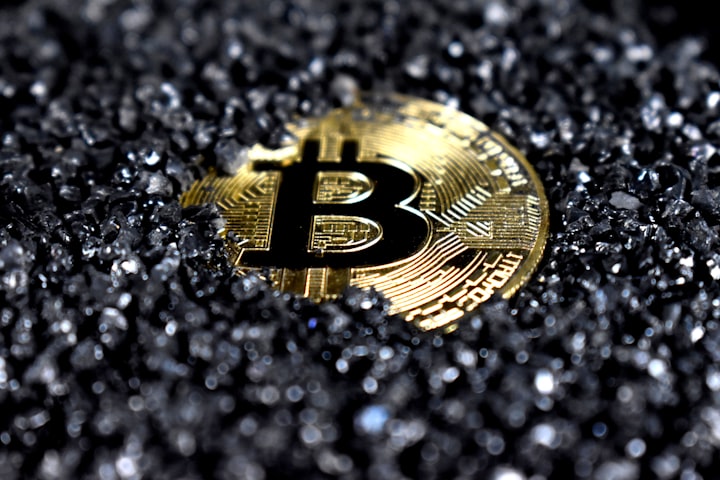
The story of money is a long and fascinating one, and it has evolved over thousands of years.
In ancient times, people traded goods and services directly with each other, which was known as bartering.
This system was inefficient and limited, as not everyone had what the other person wanted. To solve this problem, various civilizations started using items of value as a medium of exchange, such as seashells, cattle, and even metal coins.
Paper money was first introduced in China during the 7th century and became widespread in Europe during the 17th century.
Today, most countries use fiat money, which is a currency that is backed by the government and not backed by a commodity like gold.
With the rise of digital technology, the use of electronic money and digital currencies, such as Bitcoin, has become more prevalent. While traditional currencies are still widely used, digital currencies have the potential to change the way money is used and exchanged in the future.
Overall, the story of money is one of continual evolution and adaptation to changing economic conditions and technological advancements. It will be interesting to see how money continues to evolve in the coming years.
Sure, here is some more information on the history of money:
In the 19th century, many countries adopted the gold standard, which meant that their currencies were backed by gold reserves. This helped to stabilize currencies and made international trade easier.
The Bretton Woods Agreement of 1944 established a system of fixed exchange rates that pegged the value of currencies to the U.S. dollar, which was itself pegged to gold.
This system lasted until 1971, when the U.S. abandoned the gold standard due to increasing inflation.
Today, most countries have floating exchange rates, which means that the value of their currencies is determined by the market.
This has allowed for greater flexibility in managing their economies, but has also made exchange rates more volatile.
The use of credit cards and electronic banking has also revolutionized the way money is used and exchanged.
Electronic transactions are fast, convenient, and secure, and have made it easier for people to manage their finances and make purchases.
Digital currencies, such as Bitcoin and Ethereum, have also gained popularity in recent years.
They operate independently of governments and central banks and use cryptography to secure transactions and control the creation of new units. While they are still relatively new and face many challenges, digital currencies have the potential to disrupt the traditional financial system.
In conclusion, the story of money is an ongoing one, shaped by economic conditions, technological advancements, and cultural and political factors.
Certainly, here is some additional information about the future of money:
Central bank digital currencies (CBDCs) are becoming increasingly popular, with many countries exploring their potential use. CBDCs are digital versions of a country's fiat currency, backed by the central bank. They have the potential to improve financial inclusion, reduce fraud and counterfeiting, and increase the efficiency of financial transactions.
Cryptocurrencies are also gaining wider acceptance, with some countries and companies beginning to embrace them as a form of payment. However, cryptocurrencies still face challenges, such as price volatility, regulatory uncertainty, and security concerns.
Contactless payment technologies, such as NFC (Near Field Communication) and QR codes, are becoming more widespread, making it easier and more convenient for people to pay for goods and services.
The use of blockchain technology is also growing, and has the potential to revolutionize the way money is exchanged and managed.
Blockchain is a secure, decentralized ledger that can be used to record transactions and store information. It has many potential applications, including in finance, supply chain management, and voting systems.
The use of artificial intelligence and machine learning is also expected to become more prevalent in the financial industry, helping to improve efficiency, reduce costs, and better manage risk.
Overall, the future of money is likely to be shaped by a combination of technological innovations, regulatory changes, and consumer preferences. It is an exciting time in the history of money, and the possibilities are virtually limitless.
About the Creator
Mr_Loki
the best descriptions are those that effectively convey the information and leave a lasting impression.






Comments
There are no comments for this story
Be the first to respond and start the conversation.